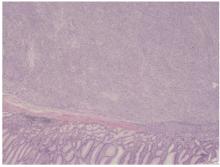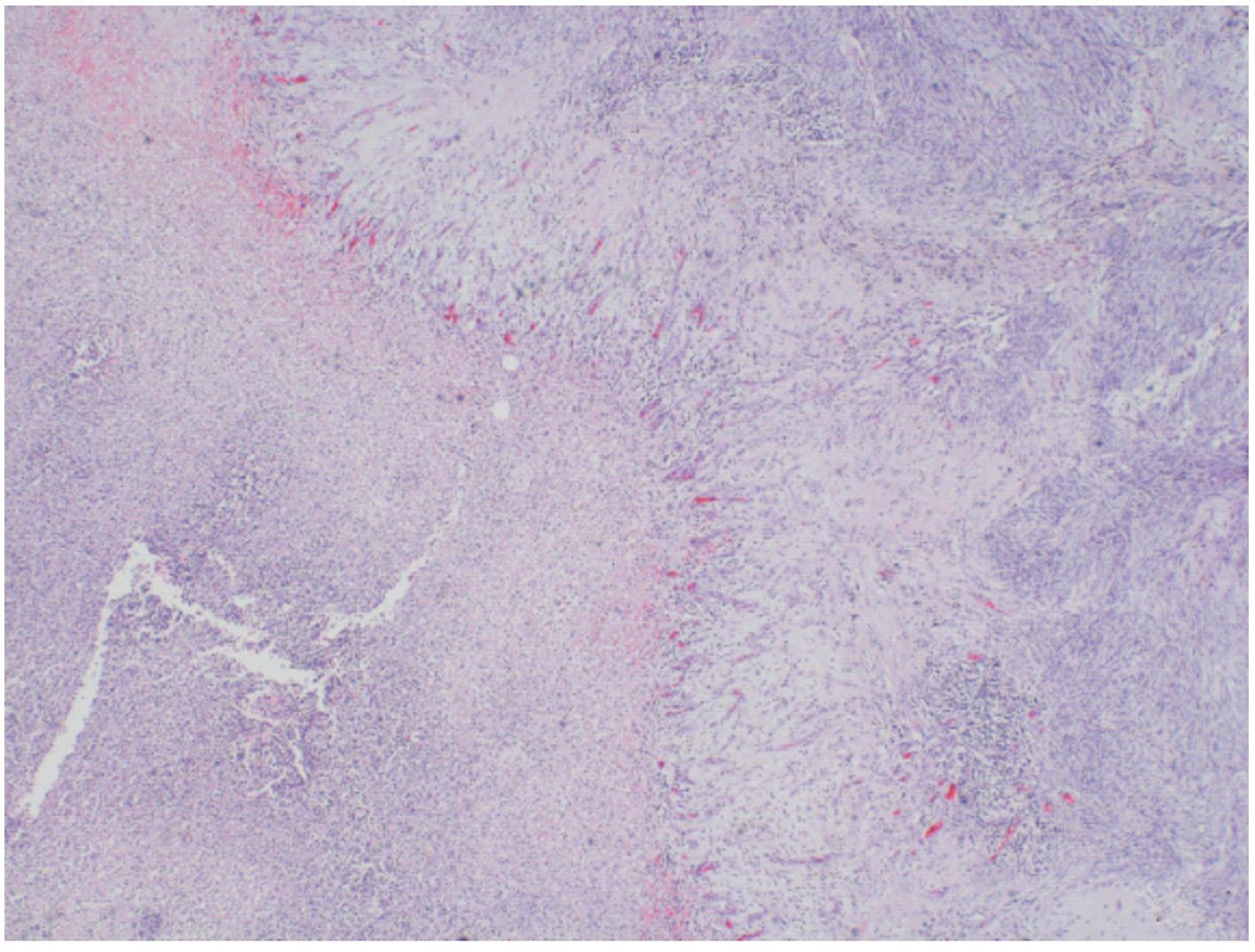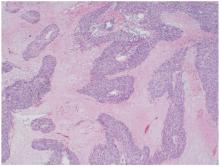| 1 |
BLAY J Y, KANG Y K, NISHIDA T, et al. Gastrointestinal stromal tumours[J]. Nat Rev Dis Primers, 2021,7(1):22.
|
| 2 |
BANNON A E, KLUG L R, CORLESS C L, et al. Using molecular diagnostic testing to personalize the treatment of patients with gastrointestinal stromal tumors[J].Expert Rev Mol Diagn,2017,17(5):445-457.
|
| 3 |
VON MEHREN M, KANE J M, RIEDEL R F, et al. NCCN Guidelines® insights: gastrointestinal stromal tumors, version 2.2022[J]. J Natl Compr Canc Netw, 2022,20(11):1204-1214.
|
| 4 |
曹 晖, 汪 明. 我国胃肠间质瘤临床诊疗与研究20年回眸和思考: 理论、实践、探索、创新[J]. 中华消化外科杂志,2022,21(8):1014-1024.
|
| 5 |
CHOI H, CHARNSANGAVEJ C, FARIA S C, et al. Correlation of computed tomography and positron emission tomography in patients with metastatic gastrointestinal stromal tumor treated at a single institution with imatinib mesylate: proposal of new computed tomography response criteria[J]. J Clin Oncol, 2007,25(13):1753-1759.
|
| 6 |
HEINRICH M C, CORLESS C L, DUENSING A,et al.PDGFRA activating mutations in gastrointestinal stromal tumors[J]. Science, 2003,299(5607):708-710.
|
| 7 |
HIROTA S, ISOZAKI K, MORIYAMA Y, et al. Gain-of-function mutations of c-kit in human gastrointestinal stromal tumors[J]. Science,1998,279(5350):577-580.
|
| 8 |
NAITO Y, NISHIDA T, DOI T. Current status of and future prospects for the treatment of unresectable or metastatic gastrointestinal stromal tumours[J]. Gastric Cancer, 2023,26(3):339-351.
|
| 9 |
KELLY C M, GUTIERREZ SAINZ L, CHI P. The management of metastatic GIST: current standard and investigational therapeutics[J]. J Hematol Oncol, 2021,14(1):2.
|
| 10 |
SERRANO C, FLETCHER J A. Overcoming heterogenity in imatinib-resistant gastrointestinal stromal tumor[J]. Oncotarget, 2019,10(59):6286-6287.
|
| 11 |
YU J C. KIT gene mutations in gastrointestinal stromal tumor[J]. Front Biosci, 2015,20(6):919-926.
|
| 12 |
DJEROUNI M, DUMONT S N. Wild-type gastroinestinal stromal tumors[J]. Bull Cancer, 2020,107(4):499-505.
|
| 13 |
DI VITO A, RAVEGNINI G, GORINI F, et al. The multifaceted landscape behind imatinib resistance in gastrointestinal stromal tumors (GISTs): a lesson from ripretinib[J]. Pharmacol Ther, 2023,248:108475.
|
| 14 |
YAN C, ZHAO C, YANG K, et al. Rare c-KIT c.1926delA and c.1936T>G mutations in exon 13 define imatinib resistance in gastrointestinal stromal tumors and melanoma patients: case reports and cell experiments[J]. Front Mol Biosci, 2022,9:730213.
|
| 15 |
HEINRICH M C, MAKI R G, CORLESS C L, et al. Primary and secondary kinase genotypes correlate with the biological and clinical activity of sunitinib in imatinib-resistant gastrointestinal stromal tumor[J]. J Clin Oncol, 2008,26(33):5352-5359.
|
| 16 |
PATRIKIDOU A, DOMONT J, CHABAUD S, et al. Long-term outcome of molecular subgroups of GIST patients treated with standard-dose imatinib in the BFR14 trial of the French Sarcoma Group[J]. Eur J Cancer, 2016,52:173-180.
|
| 17 |
LASOTA J, CORLESS C L, HEINRICH M C, et al. Clinicopathologic profile of gastrointestinal stromal tumors (GISTs) with primary KIT exon 13 or exon 17 mutations: a multicenter study on 54 cases[J]. Mod Pathol, 2008,21(4):476-484.
|
| 18 |
LIU F Y, ZOU F M, CHEN C, et al. Axitinib overcomes multiple imatinib resistant cKIT mutations including the gatekeeper mutation T670I in gastrointestinal stromal tumors[J]. Ther Adv Med Oncol, 2019,11:1758835919849757.
|
| 19 |
SMITH B D, KAUFMAN M D, LU W P, et al. Ripretinib (DCC-2618) is a switch control kinase inhibitor of a broad spectrum of oncogenic and drug-resistant KIT and PDGFRA variants[J]. Cancer Cell, 2019,35(5):738-751.
|
| 20 |
DU J, WANG S, WANG R, et al. Identifying secondary mutations in Chinese patients with imatinib-resistant gastrointestinal stromal tumors (GISTs) by next generation sequencing (NGS)[J]. Pathol Oncol Res, 2020,26(1):91-100.
|
| 21 |
KREUGER I, SLIEKER R C, VAN GRONINGEN T, et al. Therapeutic strategies for targeting CDKN2A loss in melanoma[J]. J Invest Dermatol, 2023,143(1):18-25.
|
| 22 |
CHAN S H, CHIANG J, NGEOW J. CDKN2A germline alterations and the relevance of genotype-phenotype associations in cancer predisposition[J]. Hered Cancer Clin Pract, 2021,19(1):21.
|
 )
)








